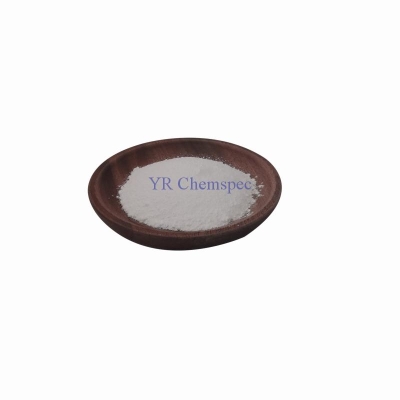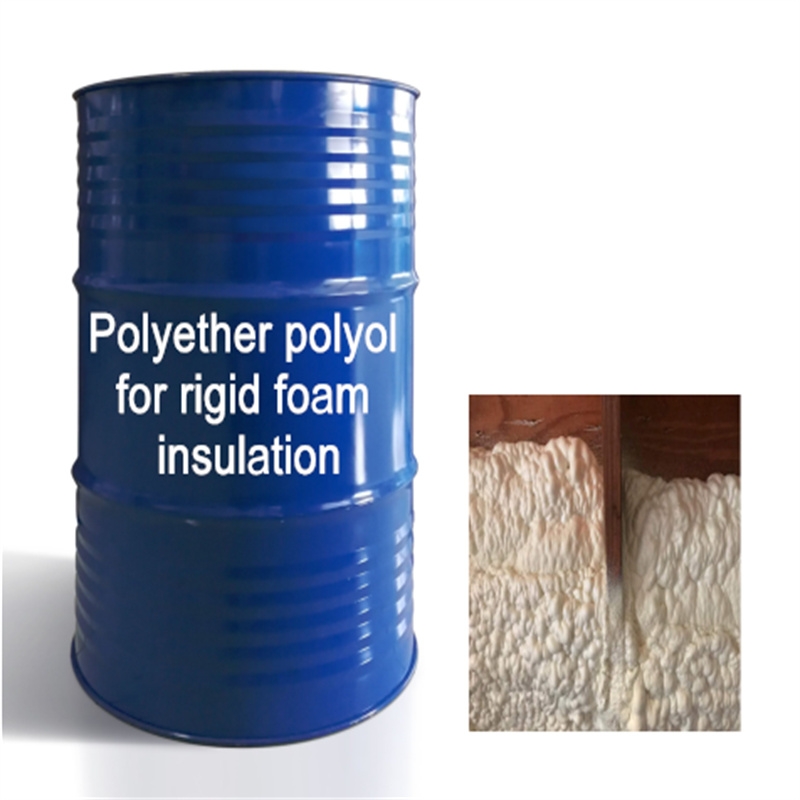-
Categories
-
Pharmaceutical Intermediates
-
Active Pharmaceutical Ingredients
-
Food Additives
- Industrial Coatings
- Agrochemicals
- Dyes and Pigments
- Surfactant
- Flavors and Fragrances
- Chemical Reagents
- Catalyst and Auxiliary
- Natural Products
- Inorganic Chemistry
-
Organic Chemistry
-
Biochemical Engineering
- Analytical Chemistry
- Cosmetic Ingredient
-
Pharmaceutical Intermediates
Promotion
ECHEMI Mall
Wholesale
Weekly Price
Exhibition
News
-
Trade Service
For professional electromechanical and electrical engineering personnel, it is very easy to choose wire and cable products
.
But for many ordinary users and those who are just entering the industry, it is something to understand
.
When purchasing, you should choose the right wire according to your own power load, and also look at the raw material composition, model specifications, etc.
introduced in the wire and cable manual, so as to reduce the occurrence of potential safety hazards and make the life long.
Specifically, there are three more points to focus on
.
1.
Wire appearance
When purchasing wires, consumers should pay attention to the appearance of the wires should be smooth and flat, the insulation and sheath layer should not be damaged, the logo printing should be clear, and there should be no greasy feeling
when touching the wire.
From the cross-section of the wire, the thickness of the insulation or sheath on the entire circumference of the wire should be uniform, should not be deviated, and the insulation or sheath should have a certain thickness
.
2.
Conductor wire diameter
When purchasing wires, consumers should pay attention to whether the wire diameter of the conductor is consistent with the cross-section indicated on the certificate, if the conductor cross-section is too small, it is easy to cause the wire to heat up and cause a short circuit
.
It is recommended that home lighting line wires adopt products with specifications of 1.
5 square millimeters and above; Air conditioners, microwave ovens and other household appliances with large power should use wires
with specifications of 2.
5 square millimeters and above.
3.
Standardized use
The wiring should be standardized, the fixed line is best to use BV single-core wire to run the pipe, pay attention not to touch the wire when wiring, and do not touch the wire when decorating the room; Do not connect in the middle of the same route; Do not touch the wire
when it is connected to the electrical box (box).
The above mainly introduces the methods
of identifying wires and cables for general commercial and residential users.
For mechanical and electrical engineering procurement personnel, this is also the way to identify product quality
.
For professional electromechanical and electrical engineering personnel, it is very easy to choose wire and cable products
.
But for many ordinary users and those who are just entering the industry, it is something to understand
.
When purchasing, you should choose the right wire according to your own power load, and also look at the raw material composition, model specifications, etc.
introduced in the wire and cable manual, so as to reduce the occurrence of potential safety hazards and make the life long.
Specifically, there are three more points to focus on
.
1.
Wire appearance
When purchasing wires, consumers should pay attention to the appearance of the wires should be smooth and flat, the insulation and sheath layer should not be damaged, the logo printing should be clear, and there should be no greasy feeling
when touching the wire.
From the cross-section of the wire, the thickness of the insulation or sheath on the entire circumference of the wire should be uniform, should not be deviated, and the insulation or sheath should have a certain thickness
.
2.
Conductor wire diameter
When purchasing wires, consumers should pay attention to whether the wire diameter of the conductor is consistent with the cross-section indicated on the certificate, if the conductor cross-section is too small, it is easy to cause the wire to heat up and cause a short circuit
.
It is recommended that home lighting line wires adopt products with specifications of 1.
5 square millimeters and above; Air conditioners, microwave ovens and other household appliances with large power should use wires
with specifications of 2.
5 square millimeters and above.
3.
Standardized use
The wiring should be standardized, the fixed line is best to use BV single-core wire to run the pipe, pay attention not to touch the wire when wiring, and do not touch the wire when decorating the room; Do not connect in the middle of the same route; Do not touch the wire
when it is connected to the electrical box (box).
The above mainly introduces the methods
of identifying wires and cables for general commercial and residential users.
For mechanical and electrical engineering procurement personnel, this is also the way to identify product quality
.







